Cape Town South Africa is a city that invites curiosity. Well known for its tall mountain and ocean views, it offers much beyond the usual sightseeing. I spent several weeks chatting with locals, walking neighborhoods, and attending cultural events. These experiences gave me a closer look at daily life, customs, and the layers of history that shape the city. Whether you come for a few days or longer, this guide shares practical tips and observations that can help you enjoy Cape Town with ease and respect.
Table of Contents

Getting Around and Finding Your Place to Stay
The first thing you notice arriving at Cape Town International Airport is how close the city center feels. A couple of shuttle buses and scheduled minibus services connect the airport with downtown, making it simple to start your stay quickly. Avoid any unlicensed rides; official shuttles and public buses are safer and reliable. Once in the city, walking is great in neighborhoods like the Company’s Garden area or Sea Point promenade.
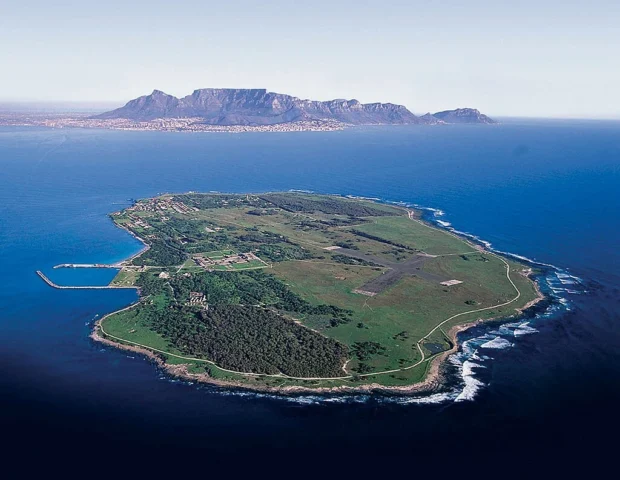
When choosing accommodation, consider the district’s vibe. The center near Long Street buzzes with energy and street music, while areas like Gardens or Tamboerskloof offer quiet streets lined with old homes and a few artisan shops. If you want to wake up with ocean views, the Atlantic Seaboard neighborhoods like Camps Bay may suit you, though they tend to be pricier. Many guesthouses and small lodges keep the atmosphere friendly and personal, which I found better for getting local tips than big hotels.
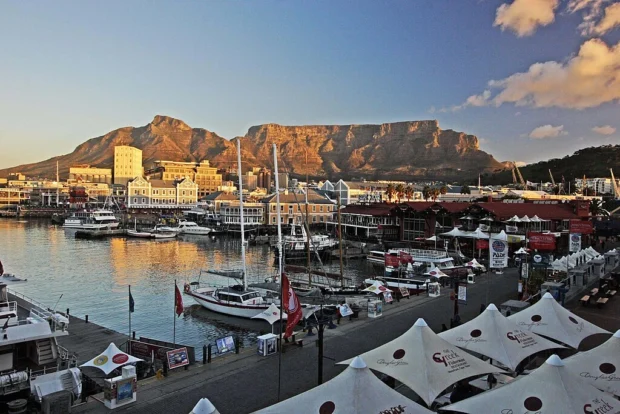
Unexpected Landmarks and Stories Around Cape Town
Table Mountain is iconic, but it’s not just a backdrop for selfies. Locals know the mountain as “Hoerikwaggo,” meaning “Mountain of the Sea” in the old Khoisan language. It’s a sacred site for indigenous people and home to many rare plants you won’t find elsewhere. Taking the cableway up is fun, but for a deeper connection, join a guided hike where the guide speaks of the mountain’s plants, old rituals, and even stories of some forgotten spirits said to live in the caves.
For a closer experience with Cape Town’s most famous natural landmark, this guide to Table Mountain’s wild trails and views reveals its unique stories and adventures.
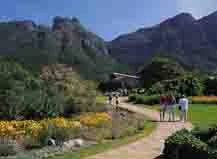
Near the Castle of Good Hope, the oldest colonial building in South Africa, a daily ceremony of the noon cannon is held. It draws a crowd, but what surprised me was the story behind the cannon’s shot-not just tradition but once a signal for ships in the harbor to mark midday. The castle itself holds exhibitions on colonial history but also invites reflection on complex colonial past through its art and artifacts.

Another place often missed is the Bo-Kaap district with its brightly colored houses and narrow cobblestone streets. This area has a strong connection to Cape Malay culture, descendants of slaves and exiles from Southeast Asia brought centuries ago. Here you’ll find traditional Cape Malay cooking bubbling away in small kitchens, and afternoons when residents gather to share songs or chat about old stories in Afrikaans and other languages.
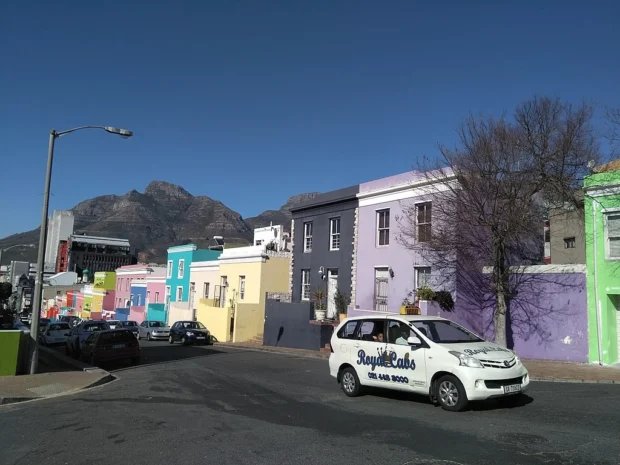
Cultural Customs That Matter
One cannot truly understand Cape Town without noticing how diverse and layered the cultures are. It’s a city where many languages meet, and greetings matter a lot. When meeting someone, a warm handshake is common but can be replaced by a nod or a smile in less formal settings. Remember to address elders more formally as a sign of respect. Public displays of affection are rare in traditional communities, so keep gestures simple in public.
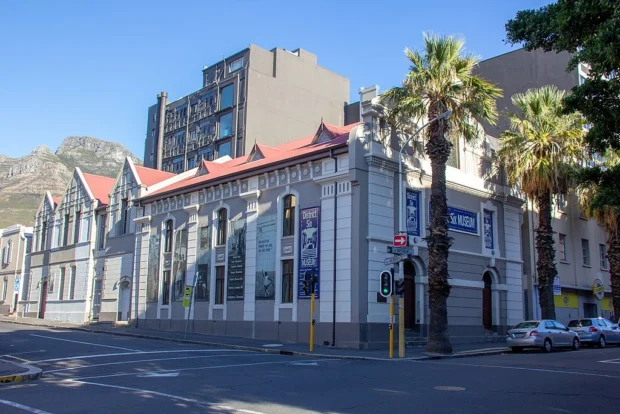
Also, tipping is expected in restaurants and by some service workers, roughly 10-15% of the bill. But it’s not just about money; sharing a meal or a small gift when invited to someone’s home builds trust and friendship. Small talk about family or sports (rugby is very popular) is a good way to connect, but avoid politics or apartheid history unless your host brings it up. Sensitive topics need a gentle approach.
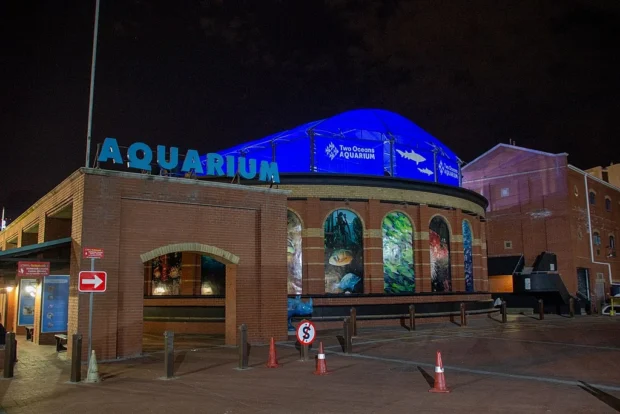
Flavors and Food Traditions of Different Neighborhoods
South African food in Cape Town is a rich mix of influences. In Bo-Kaap, you can’t miss tasting dishes like bobotie-a spicy baked mince with an egg topping-or koeksisters, sweet fried dough soaked in syrup. Visit the bustling markets in neighborhoods like Woodstock or the Neighbourgoods Market on Saturdays, where fresh produce and artisan foods fill the stalls. You’ll find Cape wines paired with freshly caught seafood from the nearby docks.
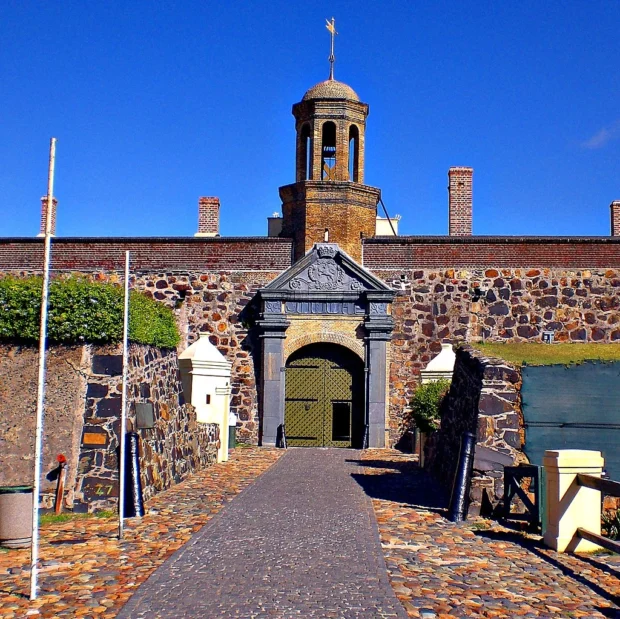
Don’t overlook the townships on the city’s edges where communities maintain strong culinary traditions. Here, simple dishes like samp and beans, grilled meats known as braai, and local leafy greens reflect both scarcity and richness of culture. Many community-run eateries welcome visitors curious to share a plate and hear stories of everyday life and hopes for the future.
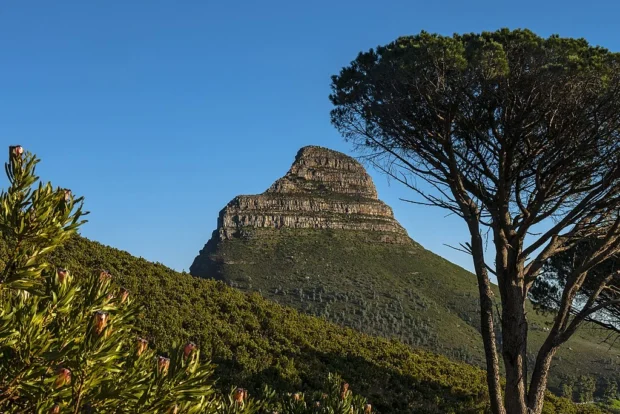
Artisan Workshops and Handcrafts Worth Visiting
In the suburb of Khayelitsha, an area often overlooked by tourists, I found a cluster of workshops where woodcarvers, beadworkers, and potters practice skills passed down through generations. Watching a craftsman carefully etch patterns into a wooden mask brings a sense of tradition alive. These handmade objects are not just souvenirs; they carry meaning in every stroke and color choice.
Some local artists also blend traditional techniques with modern expression, creating vibrant textile prints and paintings that speak to the social changes shaping Cape Town today. Galleries along Bree Street often host exhibitions where visitors can meet the artists in person. The city’s mix of heritage and innovation feels alive in these creative spaces.
Events and Community Life That Shape the City
Cape Town’s calendar is full of festivals that celebrate everything from music and poetry to food and history. The Cape Town International Jazz Festival attracts global artists but there are also small neighborhood gatherings where folk music and dancing connect people across generations. During my stay, I joined a harvest festival in the Winelands, where making traditional wine is cause for songs and stories around fires.
Markets are more than shopping spots; they are stages for storytelling, music, and sharing news. Early mornings often start with the sound of hawkers selling newspapers and fresh bread. Evenings might end with family groups walking along the beachfront or sitting in parks, where children chase shadows and old friends catch up.
Interesting Oddities and Quirky Local Facts
Did you know that Cape Town was once called “The Tavern of the Seas”? Ships stopping during long voyages from Europe or Asia would rest here, exchanging stories and goods. Some of these maritime tales live on in whispered legends about hidden treasures and ghost ships, told by fishermen on foggy mornings.
Locals also tell a funny story about “The Two Oceans Aquarium” near the V&A Waterfront. It’s not just for seeing fish; it’s a popular date spot where couples compete to spot the most unusual sea creatures. But the real fun is noticing how the sea and mountain views frame the aquarium, reminding visitors Cape Town sits at a rare meeting of the Atlantic and Indian Oceans.
With its mix of old and new, nature and culture, Cape Town invites visitors to slow down and notice. It asks you to listen to stories in the streets and smell spices in the markets. It is a city where everyday life and history flow into each other, creating a mosaic full of colors, sounds, and tastes.

Anthropologist and traveler admiring local customs, festivals and traditional arts.
- CapeTown CityHall by Martinvl on Wikimedia Commons – cc by-sa 4.0
- View of Table Mountain from Signal Hill 1 by Photograph by Mike Peel (www.mikepeel.net). on Wikimedia Commons – cc by-sa 4.0
- Robben Island – Cape Town, South Africa (3883849594) by South African Tourism from South Africa on Wikimedia Commons – cc by 2.0
- V&A Waterfront – Western Cape, South Africa (4028578483) by South African Tourism from South Africa on Wikimedia Commons – cc by 2.0
- Kirstenbosch National Botanical Gardens – South Africa (2418528060) by South African Tourism from South Africa on Wikimedia Commons – cc by 2.0
- Cape Town (ZA), Cape Point Nature Reserve — 2024 — 3361 by Dietmar Rabich on Wikimedia Commons – cc by-sa 4.0
- Bo-Kaap, Cape Town (23) by Nahid SultanThis work was made by Nahid Sultan and released under the license(s) stated below. Please feel free to use it for any purpose as long as you credit Nahid Sultan as author and follow the terms of the chosen license. If you use this work outside of the Wikimedia projects, I would very much like to get a note from you. Thanks! on Wikimedia Commons – cc by-sa 4.0
- At Cape Town (MP) 2018 029 by Photograph by Mike Peel (www.mikepeel.net). on Wikimedia Commons – cc by-sa 4.0
- Two Oceans Aquarium 2018 18 by Photograph by Mike Peel (www.mikepeel.net). on Wikimedia Commons – cc by-sa 4.0
- Cape Town, Castle Of Good Hope – panoramio (1) by scott marsland on Wikimedia Commons – cc by 3.0
- Fynbos, Lion's Head and trees from Table Mountain trail by Daniel Case on Wikimedia Commons – cc by-sa 3.0
